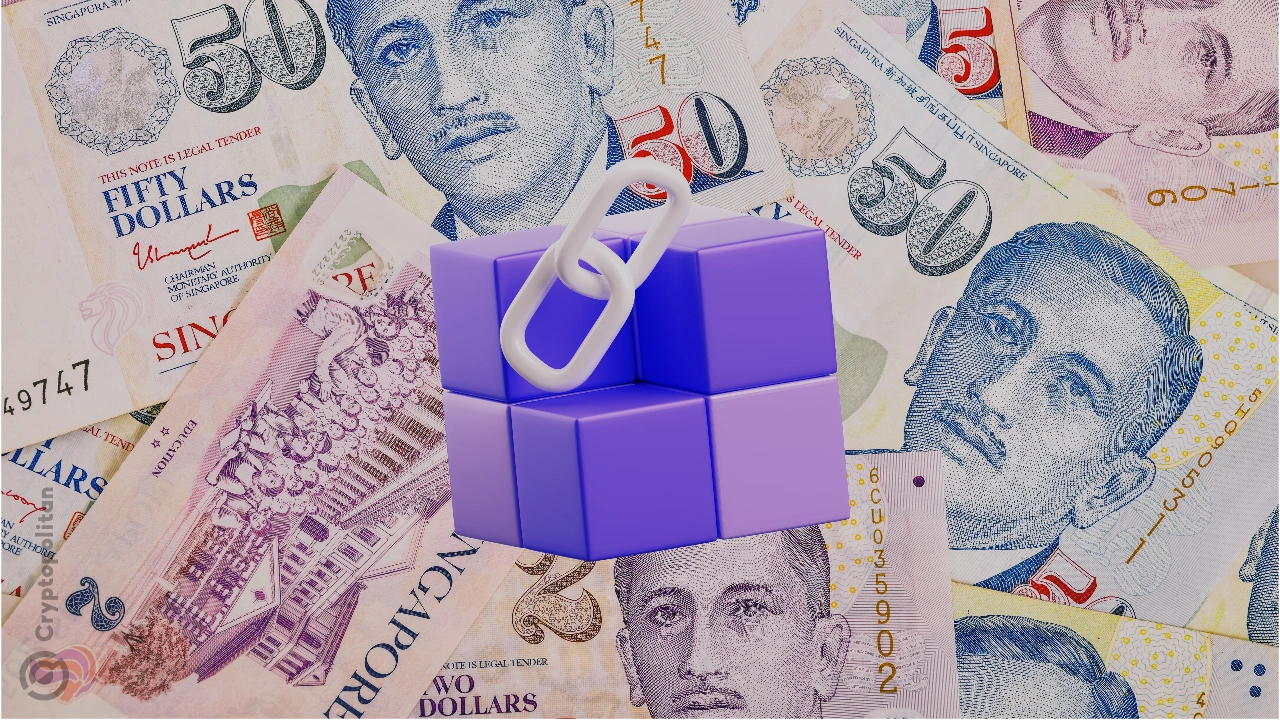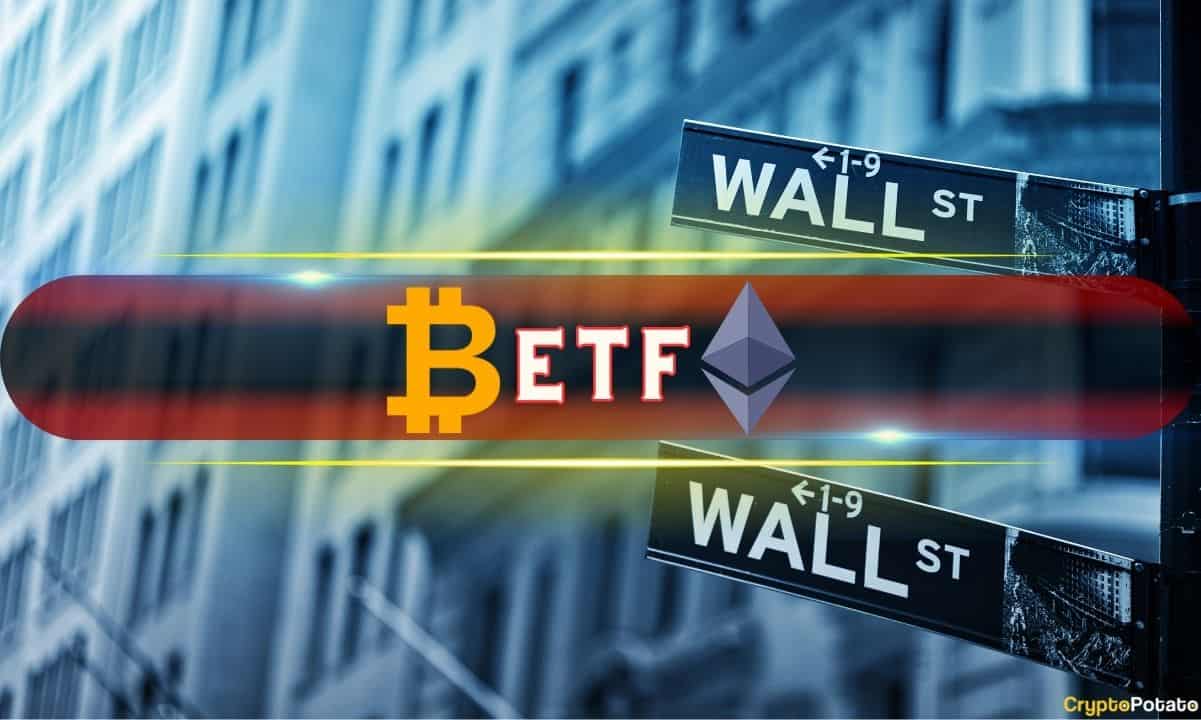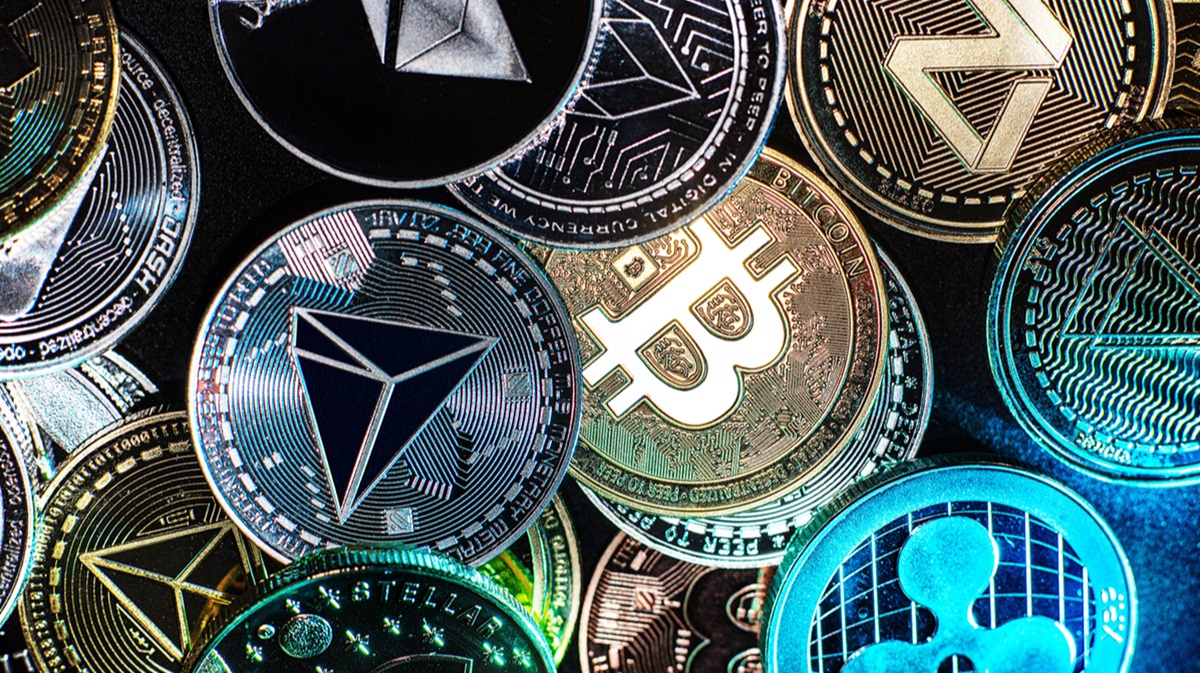
Singapore is priming the world for increased tokenization of financial services. In a recent Monetary Authority of Singapore (MAS) media release, the MAS announced the rollout of Project Guardian, a dry run on how capital markets can tokenize their assets.
Project Guardian brings together over 40 stakeholders and international policymakers from seven countries. It has so far carried out more than 15 trials in six currencies across different financial products.
Singapore’s MAS is building on increased interest in asset tokenization
MAS’s managing director for markets and development, Mr Leong Sing Chiong, spoke about the development. He said Singapore’s apex bank had been encouraged in its push by a growing interest in asset tokenization, particularly in fixed income, foreign exchange, and asset management.
He said:
We are encouraged by the keen participation from financial institutions and fellow policymakers to co-create industry standards and risk management frameworks to facilitate commercial deployment of tokenized capital markets products, and scale tokenized markets on an industry-wide basis.
~Leong Sing Chiong
Under the Project Guardian setup, the regulator’s role is to network and coordinate with the other players. The end game is enhanced capital raising, secondary trading, asset servicing, and settlement of tokenized assets.
Project Guardian seeks to enable seamless cross-border transactions
MAS firmed up Project Guardian with the November 2023 launch of its Global Layer One (GL1) initiative. The GL1 is a platform supporting the development of digital infrastructures for deploying commercial networks. On its launch, it attracted a core group of global banks, including Citi, MUFG, J.P. Morgan, BNY, and Societe Generale-FORGE.
These lenders have been spearheading efforts to outline GL1’s business, governance, risk, legal, and technology requirements. That has forced GL1 to widen its scope to support the development of a system of compatible market infrastructures, enabling cross-border trading of tokenized assets.
GL1’s expanded mandate entails setting the control principles underpinning cross-border transactions. It also provides a template that ensures all players comply with the ecosystem’s standards. Again, it controls the transfer and redemption of Singapore’s wholesale central bank digital currency (CBDC), S$, and related assets.
Finally, the platform oversees the automation of tokenized transactions and facilitates Interoperability with the available financial market systems. Banks can access the S$ Testnet through Project Guardian and its related Project Orchid platforms, allowing them to settle transactions in the wholesale CBDC.










